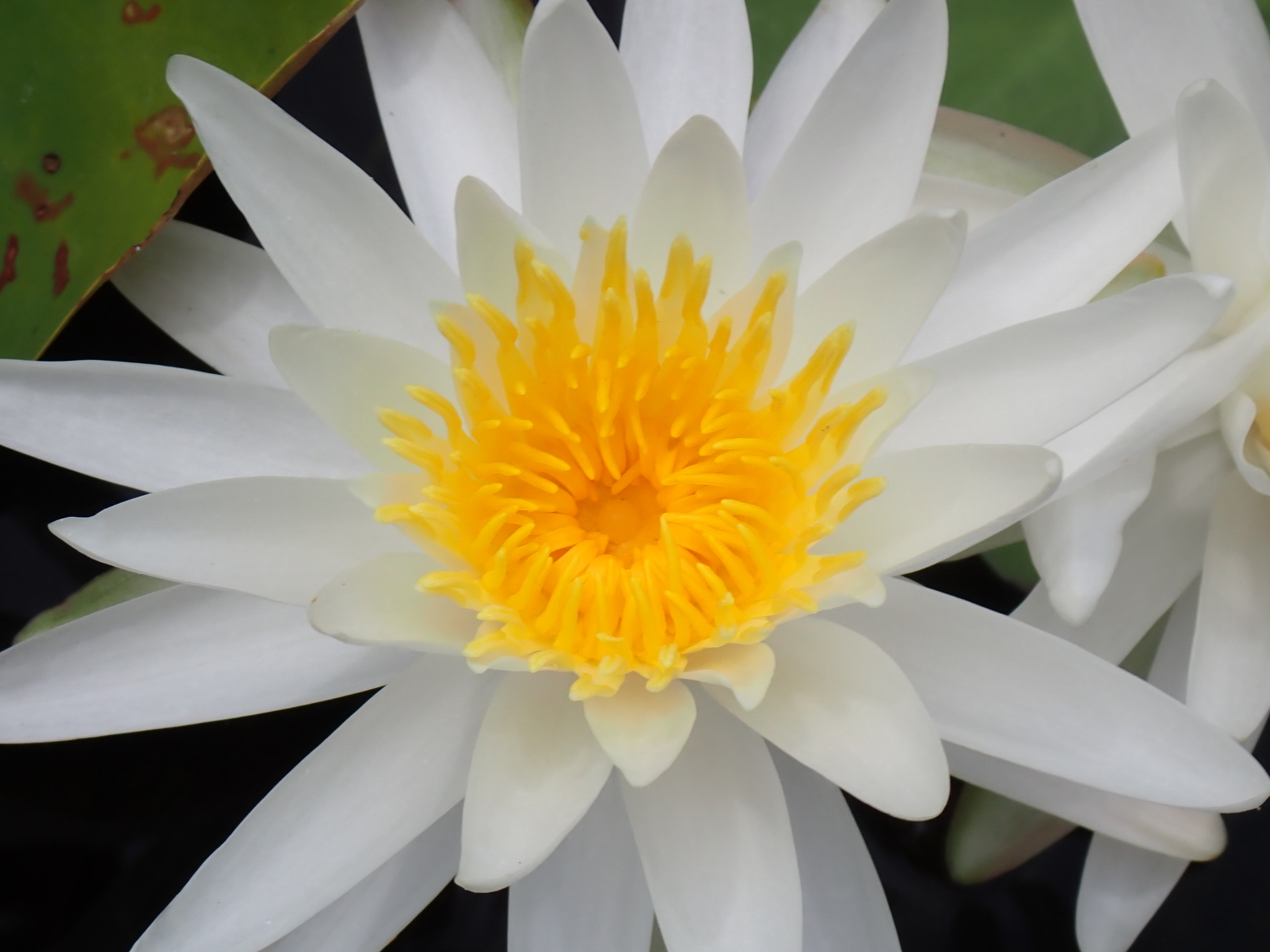Water Lily Pollination
As part of our ongoing Leaping into Lilies Ecoquest we wanted to do a highlight of how these beautiful flowers actually be pollinated. Also get ready for next month's ecoquest Just Dune It focusing on dune ecosystems next month!
Water Lilies in the Nymphaea genus have an unusual and somewhat exploitive strategy for pollination!. During the first day the flowers are open, only the cup-like stigmatic surface of the gynoecium or female organ is receptive. This stigmatic cup is filled with sweet and sticky liquid, attracting insects carrying pollen from other plants. Insects drawn by the liquid fall in and drop off their pollen with an unexpected bath before hopefully escaping. The pollen then dissolves and fertilizes the flower. To help encourage this process of insects falling into the liquid the inner stamens around the bowl are often flexible and thin, bending under the insects’ weight and dropping them into the sticky pool. Most insects may survive, but enough are caught and drown to make visiting these flowers hazardous!

Nymphaea odorata, the Fragrant Water Lily with the stigmatic cup visible waiting for an unsuspecting insect or pollinator.
The flowers close in the evening in most species except night blooming lilies like Nymphaea jamesoniana which does the reverse. After the first day the stigma is no longer receptive and the stamen or male organs, are mature and releasing pollen onto visiting insects without any dangerous water hazards. After the pollen has been released and the stigma fertilized the flower is pulled underwater on a spring like stem. By developing underwater the seeds are more protected from herbivores, closer to the substrate and kept moist when released. Like many plants in this month’s Ecoquest, Leapin Into Lilies, there are a variety of seeds and flower types but almost all water lilies and water lily like plants have seeds with air pockets between the seed and an aril coating. This helps the seed float on the water in a process called hydrochory. Many birds and mammals enjoy eating the aril but not the seed helping spread them further by edozoochory. To survive extreme aquatic environments many seeds have thick seed coats that protect the aril that can help them survive years or even centuries out of water waiting for the right water and scarification to occur to let the plant begin this cycle anew. Often times in captivity to puncture the seed coat pliers, sandpaper, or even drills are used to help allow water in.
Written by Sean Patton and Elizabeth Gandy




Comentarios
Agregar un comentario